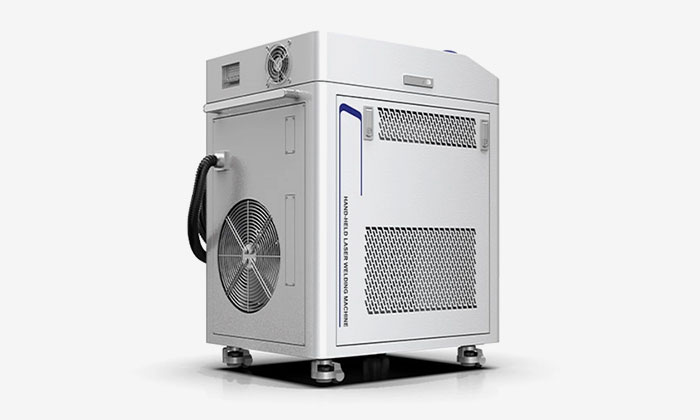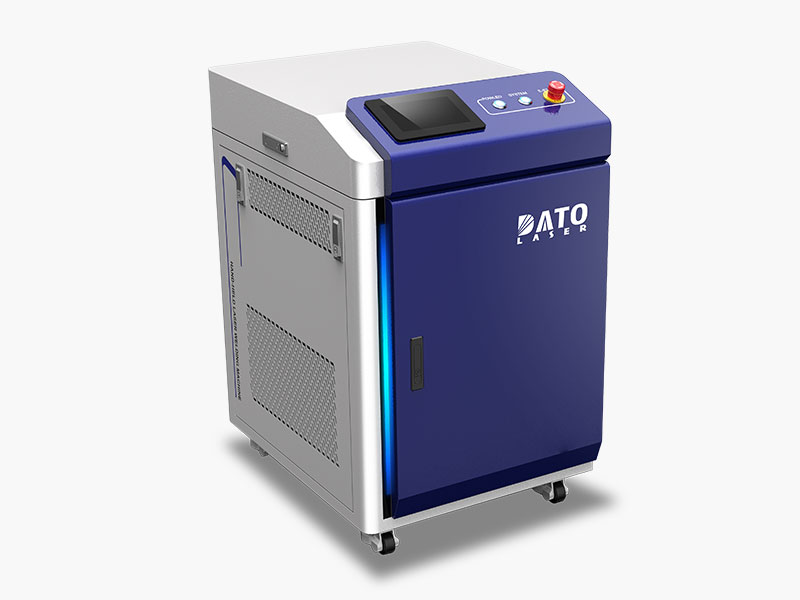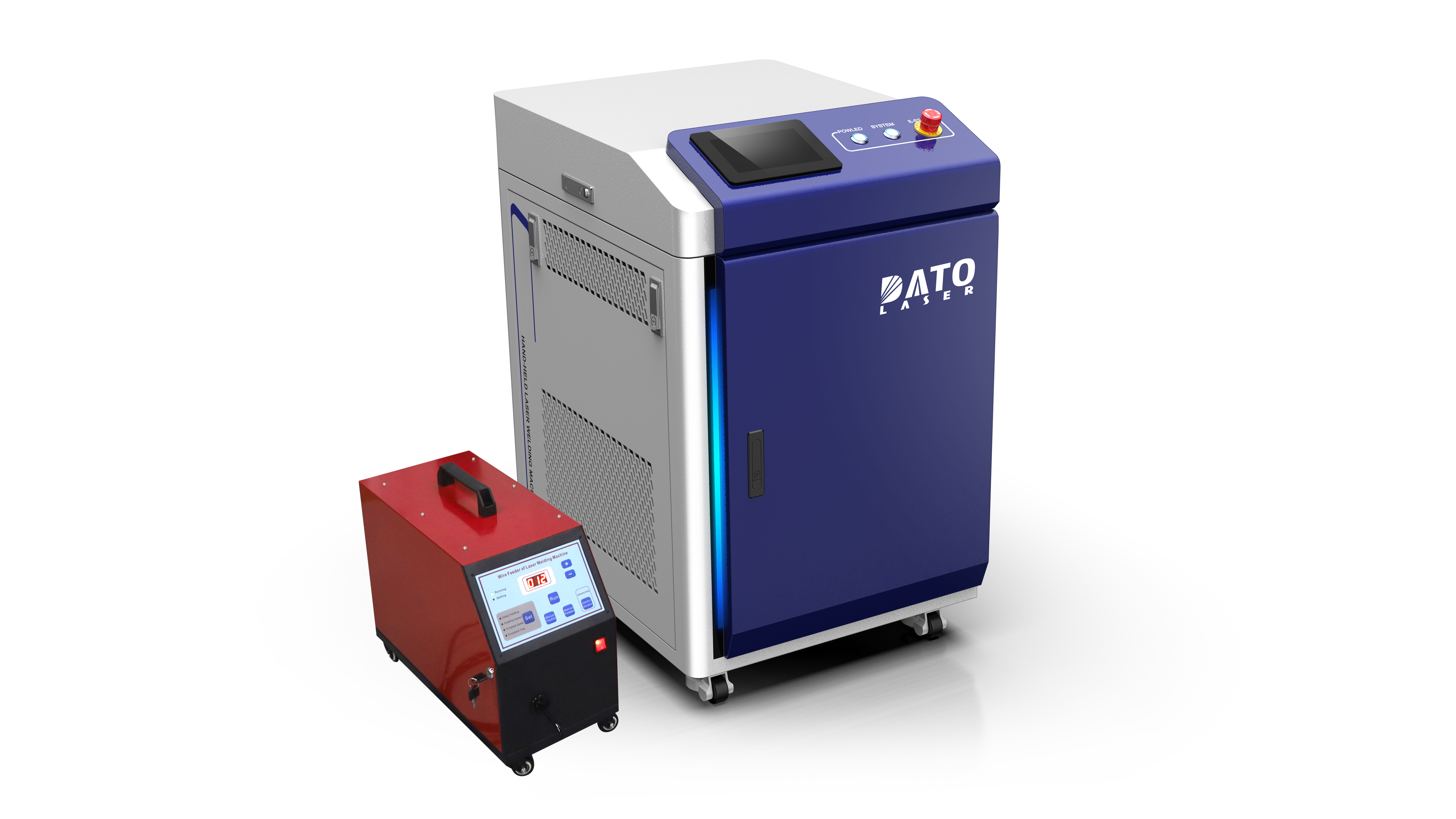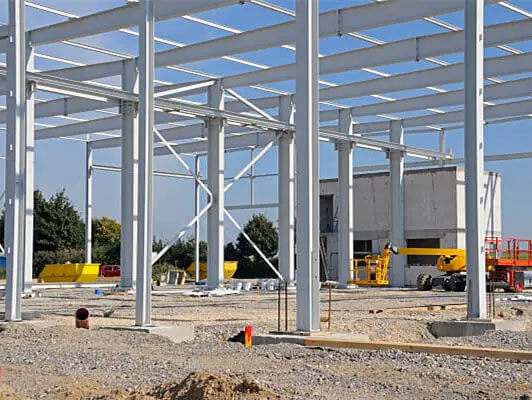What are the key advantages of using laser welding machines compared to traditional welding methods?

Laser Welding vs. Traditional Welding: Why Modern Manufacturers Are Making the Switch
In today's rapidly evolving manufacturing landscape, choosing the right welding technology can make all the difference in your production efficiency and product quality. As industry experts at Dato & Leapion, we've witnessed firsthand how laser welding machines are revolutionizing manufacturing processes across various sectors. Let's explore why more manufacturers are transitioning from traditional welding methods to advanced laser welding technology.
Precision and Accuracy
When it comes to precision, laser welding stands head and shoulders above conventional welding methods. Traditional welding techniques often rely heavily on the operator's skill and experience, leading to potential inconsistencies in weld quality. In contrast, laser welding machines utilize focused laser beams that can achieve incredibly precise welds with beam diameters as small as 0.2mm. This level of precision is particularly crucial in industries such as medical device manufacturing and electronics, where even the slightest deviation can affect product functionality.
Heat Management and Material Integrity
One of the most significant advantages of laser welding is its superior heat management capabilities. Traditional welding methods typically generate extensive heat-affected zones (HAZ), which can lead to material distortion and compromised structural integrity. Laser welding, however, delivers concentrated energy precisely where it's needed, resulting in minimal heat dispersion. This focused approach not only preserves the material's properties but also allows for welding heat-sensitive components and thin materials without damage.
Speed and Productivity
In today's competitive manufacturing environment, production speed is crucial. Laser welding machines operate at speeds up to ten times faster than conventional welding methods. At Dato & Leapion, our advanced laser welding systems can process hundreds of parts per hour with consistent quality, significantly boosting productivity. This increased efficiency translates directly to reduced production costs and faster time-to-market for your products.

Versatility in Material Selection
Modern manufacturing often requires joining different types of materials, which can be challenging with traditional welding methods. Laser welding excels in this aspect, offering the capability to weld dissimilar metals and materials with varying thicknesses. Whether you're working with steel, aluminum, copper, or exotic alloys, laser welding provides the flexibility needed for diverse manufacturing applications.
Automation and Integration
Unlike traditional welding, laser welding machines seamlessly integrate into automated production lines. Our systems at Dato & Leapion feature advanced robotics and programmable controls that enable continuous operation with minimal human intervention. This automation not only increases productivity but also ensures consistent weld quality throughout extended production runs.
Cost-Effectiveness in the Long Run
While the initial investment in laser welding equipment may be higher than traditional welding systems, the long-term benefits often outweigh the upfront costs. Consider the reduced labor requirements, lower material waste, increased production speed, and superior quality output. These factors contribute to a compelling return on investment for manufacturers who choose laser welding technology.
Environmental Impact
In an era where environmental consciousness is paramount, laser welding offers significant advantages. The process produces minimal fumes and requires less energy compared to traditional welding methods. Additionally, the precise nature of laser welding results in less material waste, contributing to more sustainable manufacturing practices.
Quality Assurance and Repeatability
Modern laser welding machines incorporate advanced monitoring systems that ensure consistent weld quality. At Dato & Leapion, our systems feature real-time quality control mechanisms that track various parameters during the welding process. This level of monitoring and control is simply not possible with traditional welding methods, making laser welding the preferred choice for applications requiring high reliability and repeatability.
Aesthetic Advantages
The visual appeal of finished products matters in many industries. Laser welding produces clean, precise welds that often require minimal or no post-processing. This aesthetic advantage is particularly valuable in industries such as automotive manufacturing and consumer products, where weld appearance can impact product perception and value.
Making the Transition
While the benefits of laser welding are clear, transitioning from traditional methods requires careful consideration and planning. At Dato & Leapion, we provide comprehensive support to help manufacturers make this transition smoothly. Our expert team offers training, technical support, and customized solutions to ensure your switch to laser welding technology is successful.

Conclusion
The advantages of laser welding over traditional methods are compelling and multifaceted. From superior precision and speed to improved cost-effectiveness and environmental benefits, laser welding represents the future of manufacturing technology. As industry leaders in laser welding solutions, Dato & Leapion is committed to helping manufacturers leverage these advantages to enhance their production capabilities and maintain a competitive edge in today's market.
Ready to explore how laser welding can transform your manufacturing process? Contact our team of experts today for a personalized consultation and demonstration of our advanced laser welding systems.
Related Blogs
-
 Exploring the Safety, Precision, and Industrial Benefits of Laser Surface CleaningIn today’s fast-paced industrial world, where quality, efficiency, and sustainability are top priorities, manufacturers are constantly seeking better ways to clean metal surfaces without compromising material integrityBlog
Exploring the Safety, Precision, and Industrial Benefits of Laser Surface CleaningIn today’s fast-paced industrial world, where quality, efficiency, and sustainability are top priorities, manufacturers are constantly seeking better ways to clean metal surfaces without compromising material integrityBlog -
 A Complete Guide by DATO and LeapionIn modern industry, surface preparation and maintenance play a crucial role in achieving high-quality manufacturing results. Laser cleaning machines have emerged as one of the most innovative, efficient, and environmentally friendly tools for removing contaminantsBlog
A Complete Guide by DATO and LeapionIn modern industry, surface preparation and maintenance play a crucial role in achieving high-quality manufacturing results. Laser cleaning machines have emerged as one of the most innovative, efficient, and environmentally friendly tools for removing contaminantsBlog -
 Laser cleaning machines are revolutionizing industrial surface cleaning by offering a faster, safer, and more eco-friendly alternative to traditional methods. Whether removing rust, paint, oil, oxide, or other surface contaminants, laser cleaning has become a cutting-edge solution in manufacturing,Blog
Laser cleaning machines are revolutionizing industrial surface cleaning by offering a faster, safer, and more eco-friendly alternative to traditional methods. Whether removing rust, paint, oil, oxide, or other surface contaminants, laser cleaning has become a cutting-edge solution in manufacturing,Blog -
 Introduction: Transforming EV Battery Manufacturing Through Laser TechnologyThe electric vehicle revolution has accelerated dramatically over the past decade, bringing with it unprecedented challenges and opportunities in battery manufacturing. As global automakers commit billions to electrificationBlog
Introduction: Transforming EV Battery Manufacturing Through Laser TechnologyThe electric vehicle revolution has accelerated dramatically over the past decade, bringing with it unprecedented challenges and opportunities in battery manufacturing. As global automakers commit billions to electrificationBlog













